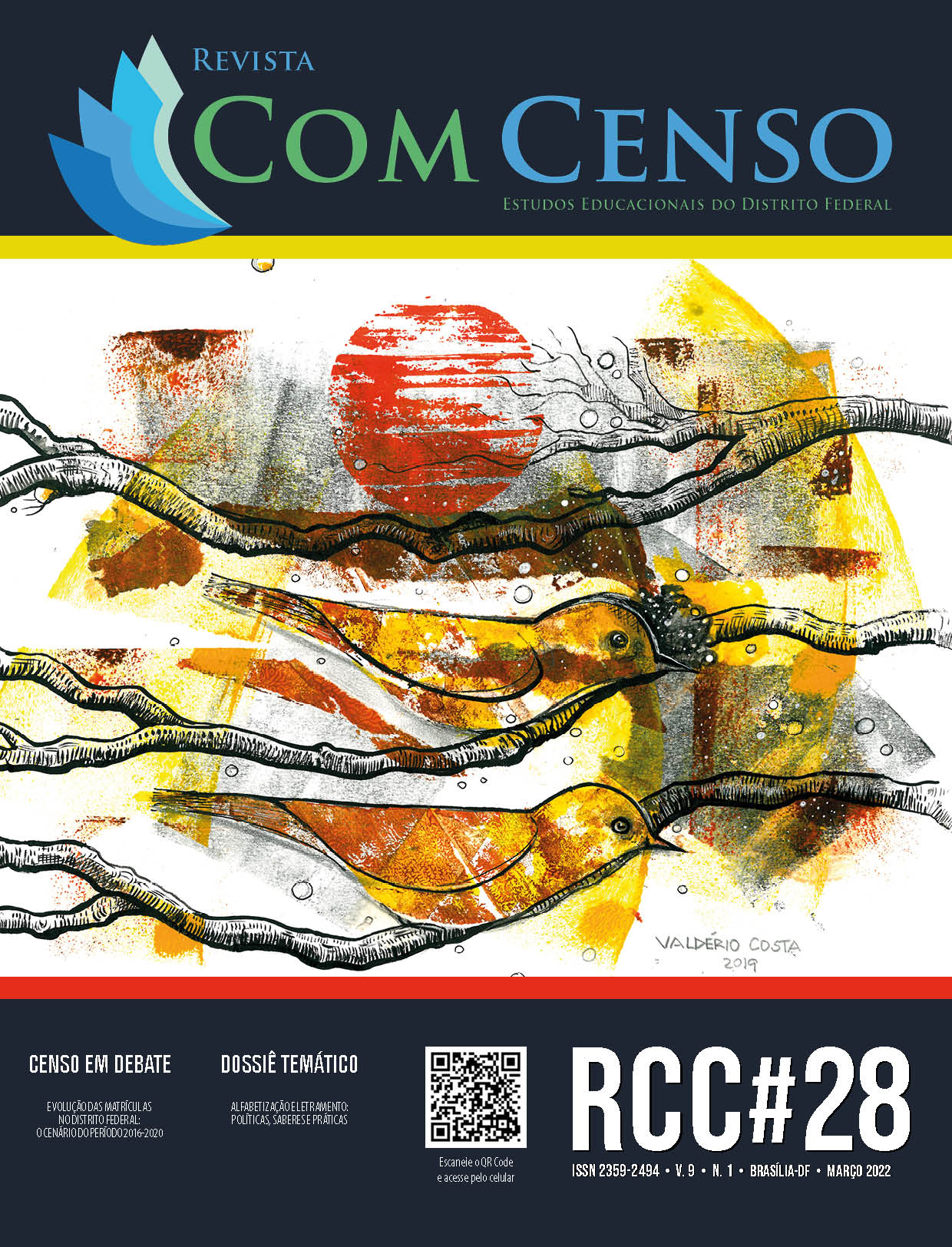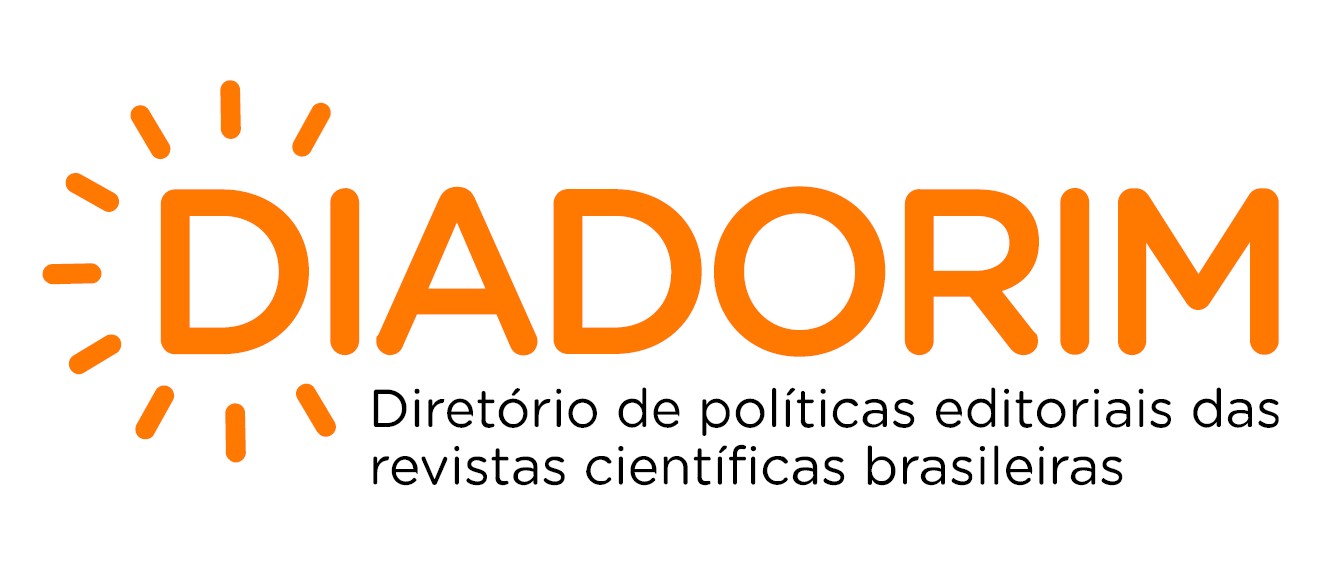Evolução das matrículas no Distrito Federal: O cenário para o período 2016 a 2020
Keywords:
Educação básica no Distrito Federal, Censo Escolar da Educação Básica, Educacenso, Rede pública vinculada à SEEDFAbstract
Uma educação de qualidade é o primeiro passo para que a população possa buscar a garantia de um futuro melhor. Nesse sentido quanto mais informações disponibilizadas para os gestores, melhores a chances de atuação do setor público para garantir a qualidade da educação. Assim conhecer os dados da educação básica do Distrito Federal pode auxiliar tanto os gestores como a comunidade. Nesse contexto, este estudo, a partir de informações disponíveis no Censo Escolar da Educação Básica nos últimos cinco anos (2016- 2020), busca mostrar a evolução de alguns indicadores educacionais com ênfase nas escolas públicas. Os resultados mostraram, dentre outras tendências que, em 2020 foram registradas 653.905 matrículas de educação básica no Distrito Federal, sendo 68,80% na rede pública estadual vinculada à SEEDF. Considerando a distribuição por etapa/modalidade, observou-se que, o percentual de matrículas na rede particular só foi maior nas creches. Tanto no ensino fundamental quanto no médio a taxa de defasagem foi maior para os meninos, além de a rede pública apresentar resultados superiores ao da rede particular. As matrículas na educação profissional e na educação de jovens e adultos representaram pouco mais de 10%. Já o pequeno número de matrículas no ensino especial aponta que com a política de educação inclusiva, grande parte dos alunos com algum tipo de deficiência ou altas habilidades foi matriculada no ensino regular em classes comuns. Esses resultados visam sensibilizar uma discussão das condições necessárias para a melhoria da qualidade da educação.
Palavras-chave: Educação básica no Distrito Federal. Censo escolar da Educação Básica. Educacenso.
Evolution of enrollments in the Federal District: The scenario for the period 2016 to 2020
Abstract: A quality education is the first step for the population to seek the guarantee of a better future. In this sense, the more information available to managers, the better the chances of the public sector acting to guarantee the quality of education. Thus, knowing the data on basic education in the Federal District can help both managers and the community. In this context, this study, based on information available in the School Census of Basic Education in the 2016 - 2020 five-year period, seeks to show the evolution of some educational indicators with an emphasis on public schools. The results showed, among other trends, that in 2020 there were 653,905 enrollments in basic education in the Federal District, 68.80% in the state public network linked to SEEDF. Considering the distribution by stage/modality, it was observed that the percentage of enrollments in the private network was only higher in day care centers, compared to the public network. Both in elementary and high school, the age-grade gap rate was higher for boys, in addition to the public network linked to SEEDF showing higher rates than the other education networks. Enrollments in vocational education and youth and adult education accounted for just over 10% of total enrollments. The small number of enrollments in special education indicates that, with the inclusive education policy, most students with some type of disability or high abilities were enrolled in regular education in common classes. These results aim to sensitize a discussion of the conditions necessary for improving the quality of education.
Keywords: Basic education in the Federal District. School census of Basic Education. Educacenso.









